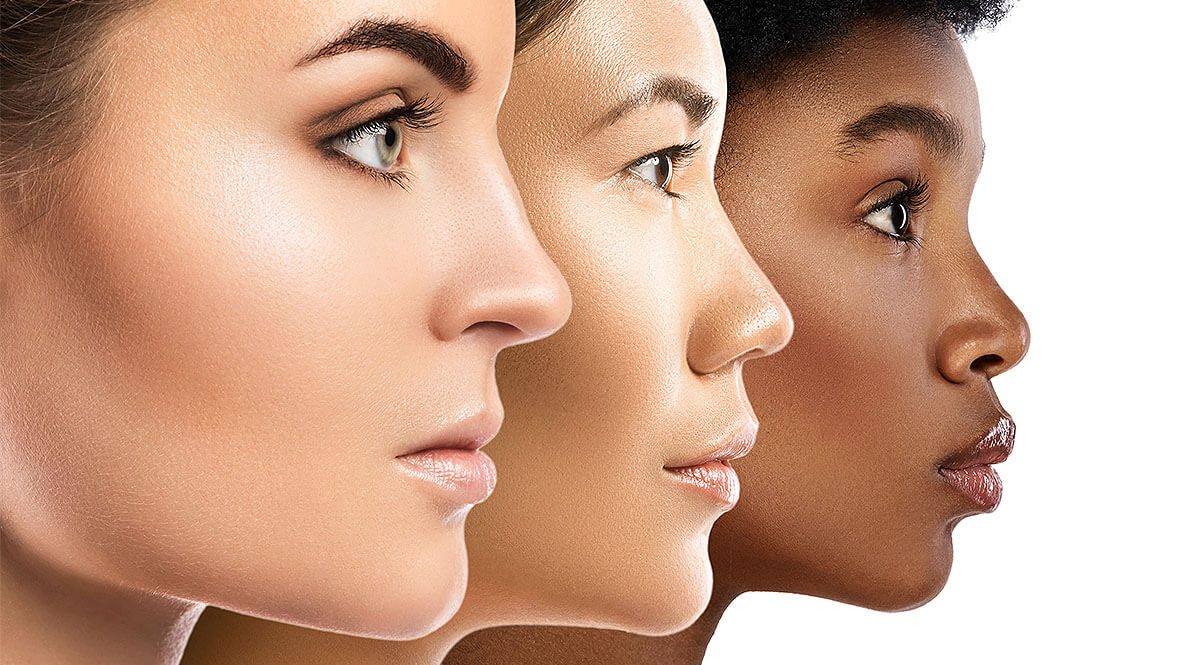The big guns have set their sights on vision loss, with their crosshairs firmly fixed on eradicating preventable vision loss by making vision care more widely available.
We’ll have to stop the gun puns there, because these proverbial “big guns” are diplomatic and philanthropic — essentially the opposite of violence. The United Nations Friends of Vision Group joined forces with the International Association for the Prevention of Blindness (IAPB) and Lancet Global Health to release new information that shows just how critical eye health is to sustainable development goals.
This event culminated in the launch of the IAPB Vision Atlas and the Lancet Global Health Commission on Global Eye Health. It was headed by the ambassadors of Antigua & Barbuda, Bangladesh and Ireland, and was addressed in the General Assembly.
UN delegates were bombarded with a barrage (gun pun … sorry) of eye-opening facts relating development to vision care, including astronomical figures that only intergovernmental organizations like the UN could reasonably hope to tackle.
Mind-Blowing Stats

Many people would be blown away by the fact that 1.1 billion people worldwide experience vision loss and, further, that 90% of those people live in low- and middle-income countries. Due to both a growing and aging population, that number is expected to reach 1.7 billion by 2050. The vast majority of this vision loss — 90% — is preventable. In addition to leading to a mortality rate 2.6 times greater than normal and a lowered quality of life, the UN estimates $411 billion in productivity is lost each year due to unaddressed poor vision.
Numbers like this and the real human suffering they somewhat coldly represent are barriers to progress and to the ultimate goal of sustainable development. And if we take a moment and consider just what that sustainable development is for — namely, improving people’s lives — it’s easy to see just how non-controversial the goal of universal vision care should be.
The goal of making good vision a human right is among the most humane and charitable causes imaginable. We applaud it.
No Silver Bullet, Just Concrete Action
There’s no one cure to the problem of widespread vision loss and the growing need for vision care worldwide. Rather, addressing the issue requires broad-scale, comprehensive action to ensure vision care is available to all who need it. This includes making sure eye care is addressed by national health services and at the primary care level, and to make preventive care a priority.
Vision isn’t just one aspect of human life, after all, but is a cornerstone sense that largely determines one’s life experience. As UN General Assembly President Volkan Bozkir said, “Vision cuts across a plurality of the sustainable development goals. Eye health is key to ensuring good health, mental health and wellbeing. Poor eye health leads to an increased risk of mortality, of non-communicable diseases and of mental disorders like depression and anxiety.”



